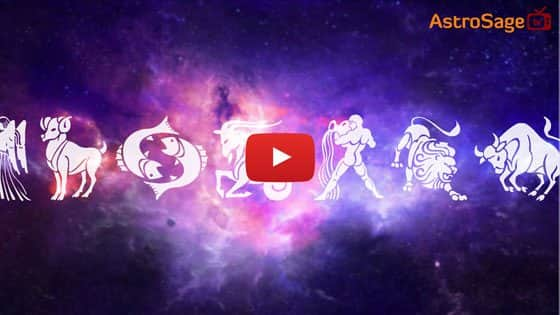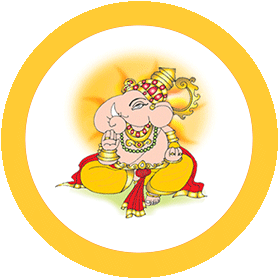Purnima Vrat 1997 Dates
Full Moon Calendar 1997 For New Delhi, India
| Date | Festivals |
|---|---|
| Thursday, 23 January | Paush Purnima Vrat |
| Saturday, 22 February | Magha Purnima Vrat |
| Monday, 24 March | Phalguna Purnima Vrat |
| Tuesday, 22 April | Chaitra Purnima Vrat |
| Thursday, 22 May | Vaishakha Purnima Vrat |
| Friday, 20 June | Jyeshtha Purnima Vrat |
| Sunday, 20 July | Ashadha Purnima Vrat |
| Monday, 18 August | Shravana Purnima Vrat |
| Tuesday, 16 September | Bhadrapada Purnima Vrat |
| Thursday, 16 October | Ashwin Purnima Vrat |
| Friday, 14 November | Kartik Purnima Vrat |
| Sunday, 14 December | Margashirsha Purnima Vrat |
Find a comprehensive list of Purnima dates on this page. We have accurately calculated these dates as per Hindu Panchang that cover all Purnimas such as Guru Purnima, Sharad Purnima, and Kartik Purnima. Purnima date that you find here are applicable for both North India and South India.
As per Hindu calendar, ‘Purnima’ is the day when the full moon occurs and marks the division between two lunar fortnights. The day is considered to be auspicious for new beginnings. ‘Purnima’ is a Nepali word which means full moon. As per Hindu calendar, lunar phase lasts when the sun, earth, and the moon are aligned in a straight line, which is known as a syzygy of the Sun-Earth-Moon system.
When the lunar month ends on full moon day, then the Hindu calendar is termed as Purnimanta or Purnimanta lunisolar calendar. This calendar is followed in the states of Haryana, Himachal Pradesh, Uttarakhand, Uttar Pradesh, Bihar, Chhattisgarh, Jharkhand, Orissa, Punjab, Rajasthan, Jammu and Kashmir, and Madhya Pradesh.
When the lunar month ends on no moon day, then the Hindu calender is known as Amanta or Amanta lunisolar calendar. This calendar is followed in the states of Assam, Maharashtra, Kerala, Tamil Nadu, Andhra Pradesh, Karnataka, Gujarat, Tripura, and West Bengal.
Purnima: A Chance to Rise
A full moon is the third of the four primary phases of the Moon. A full moon occurs when the sun and the moon are separated by 180°. The full moon shows 100% lightning and can fall in with lunar eclipses. The energy is a little higher on this sacred day. If you are a spiritual seeker, then you become more peaceful. If you are lively, you become more joyous. On this auspicious day, your capabilities get quadrupled and more new opportunities head your way.
As per Hindu lunar calendar, all Purnima dates are important. But, Sharad Purnima is one of the festivals that is celebrated on the full moon day of the Hindu lunar month Ashwin. This day carries huge religious significance because Goddess Lakshmi was born on this day.
Meaning of Purnima
As per Monier Williams Sanskrit-English Dictionary, Purnima means the night or day of full moon. All full moon days are considered important. However, Guru Purnima is given special importance. The first full moon that comes after the summer solstice in the month of Ashadha is known as Guru Purnima. The day is seen as the transition of the first yogi or Adiyogi to the Adi Guru or the first Guru. Hence, the first yogi became the Adi Guru on this sacred day. This sacred day is celebrated when new opportunities opened up for the human race.
For a devotee, this day is like a shield of protection from mother nature. The day is also seen as a great time to receive profound blessings from the god. By receiving blessings on this day, you can transgress another dimension of existence, capability, and possibility.
Difference between Amavasya and Purnima
● As per Hindu lunar calendar, Purnima is called full moon day while Amavasya is called no moon day or new moon day
● When the moon is completely exposed to the sun, it is called Purnima, and when the earth completely blocks the moon from the sun, it is called Amavasya
● As we all know that the moon revolves around the earth, and the time taken by the moon to complete one rotation around the earth is called a lunar month. During this period, New moon (Amavasya) and full moon (Purnima) occur and are separated by 14.765295 days in between
● Evil powers and negative forces reign during Amavasya. On the contrary, positive forces and divine energy rule during Purnima. Hence, this is the reason, Purnima is considered to be highly auspicious in the Hindu tradition.

 ₹
₹ 











